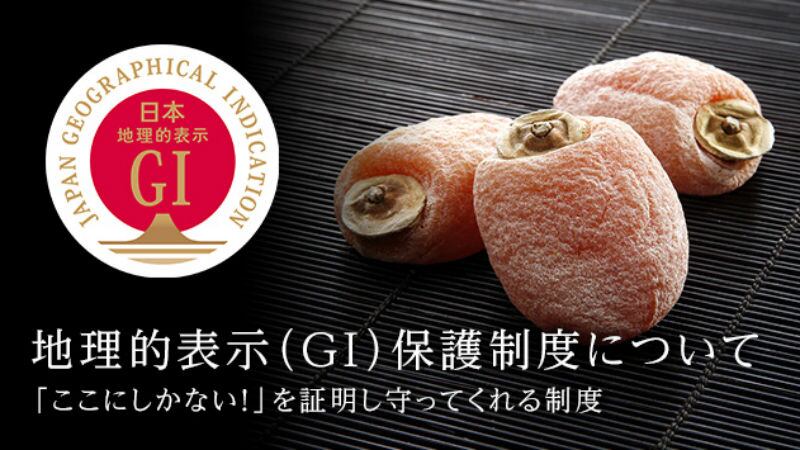In documents published by the Ministry of Finance of the People’s Republic of China, reduced ‘Provisional’ tax rates were published for a total of 859 imported items, as compared to existing ‘Most-Favoured Nation (MFN)’ tax rates.
Of these 859 items, over 80 were food and beverage-related, leading to hopes that local food and beverage firms that use imported food materials as raw production materials will be able to benefit from the resulting influx of supply.
MFN tax rates are taxes imposed on imported products from WTO member countries, which means these cover most of China’s international trade partners. Usually, only countries that have Free Trade Agreements (FTAs) with China such as ASEAN, Australia and South Korea would see lower taxation than MFN rates.
As such, the lower Provisional tax rates for food products are expected to be a temporary measure enforced for only a set period of time, but no cessation date has been announced as of yet.
“In order to actively increase imports, stimulate import potential and optimise the relevant operational structure, [China] will be implementing provisional tax rates which are lower than MFN rates on over 850 items,” said the Ministry of Finance in a formal statement.
“Within these, in order to better meet the local population’s needs, address the relevant urgent shortages within the country or ensure no shortage of items with unique foreign characteristics, adjustments will be made to the import tariffs imposed on food items such as frozen pork, frozen avocadoes and non-frozen orange juice.”
According to the list of items, the tariffs on imported frozen pork have been reduced from 12% to 8%, frozen avocado from 30% to 7% and orange juice from 30% to 15%.
It is likely that pork has been included in this list as a result of the ongoing African Swine Fever (ASF) crisis, which has hit China particularly hard, urgently raising the country’s demand and need for imported pork.
Other notable food items in the list include various types of frozen fish, seafood, fresh or dried nuts, herbs, alcohol and more. Tariffs were reduced from a minimum of 1% (e.g. frozen tuna) to a maximum of 51% (small-pack Vermouth or similar wines, rates reduced from 65% to 14%).
In addition, four categories of food and beverage items will be subject to tariff quota management: Wheat, corn, rice (husked and unhusked) and sugar. Of these, sugar will be subject to the highest tariff rate at 15%.
Countries with existing trade agreements also to benefit
Countries that already have existing FTAs or other tariff agreements will not be left out by these latest adjustments either.
“In addition to the agreed tax rates between China and any other foreign country that has relevant agreements with us, from January 1 2020, further reduced tax rates will apply for countries such as New Zealand, Peru, Costa Rica, Switzerland, Iceland, Singapore, Australia, South Korea, and Pakistan based on [our] bilateral and Asia-Pacific trade agreements [with these],” added the ministry.
“Where the MFN tax rate for an item is lower or equal to that stated in any agreement, the rate as stated in the agreement will take precedence. If the relevant item is not part of the agreement, the lower rate shall be used.”





